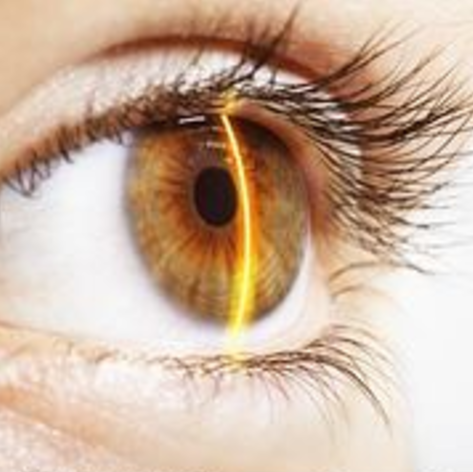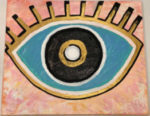
Best Practices for Eye Health
The American Optometric Association recommends a yearly comprehensive eye exam as an essential component of healthy vision.
40 years of age is typically when early signs of changes in your eyes occur. However, anytime you notice vision changes or differences is a time to go to your eye doctor.
Eye health is important and early screenings help preserve vision. This is especially true when we determine disease at an early or pre-disease stage.
If you are at a higher risk for developing such diseases as diabetes, high blood pressure or have a family history of eye disease, please have your eyes checked every year or two. Cataracts, glaucoma, and macular degeneration are commonly treated with technology to head off major damage.
Dr. Emerson’s eye exams take into account: your medical history, visual acuity, pupils, side vision, movement, pressure, and the back of your eyes for the retina and optic nerve.
Whether you wear corrective lenses or not, remember to let the doctor know of any medications you sometimes or regularly take.
Reading a standardized eye chart helps determine how well you see at a variety of distances. This gives the doctor an idea of visual accuracy and acuity.
How your pupils respond to light is important in seeing any lack of or slow responses to the pupil constricting or widening at the expected times.
Identifying eye problems you are not easily aware of are of great interest to the doctor. Losing a bit of side vision may be a symptom of glaucoma or underlying problem. Persons may not always notice this and may get used to a larger blind spot.
Every part of your comprehensive eye exam produces important information to the doctor. Be certain you are committed to your overall health by scheduling eye exams every year.
